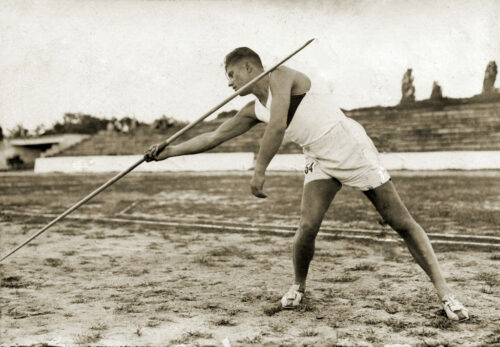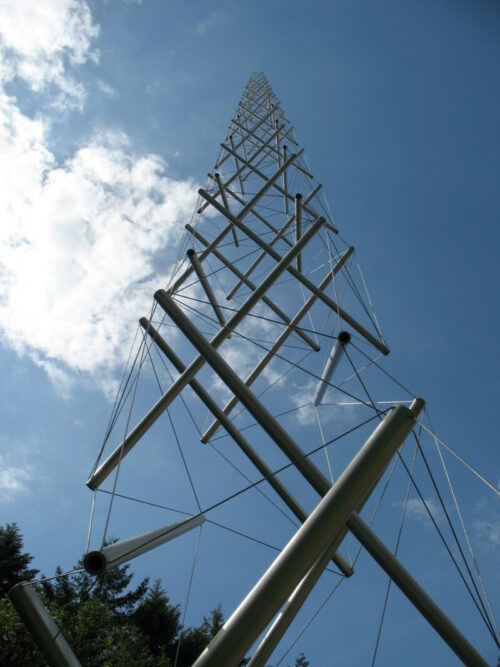Biotensegrity
Alan Fraser really got me into the idea of the body as a tensegrity structure.
How do the bones, tendons, and muscles work together?
When I think of good movement, I think of great athletic performances of discuss or javelin throwers. There is an elasticity and power through the whole range of motion.

Biotensegrity is a concept that combines the words "biology" and "tensegrity" to describe a structural principle found in living organisms, including humans. Tensegrity is a term derived from "tensional integrity," which refers to a structural system where isolated components are held together in a stable form by a balance of tension and compression forces.
In the context of biotensegrity, the body is seen as a tensegrity structure, where bones, muscles, ligaments, and other soft tissues work together to create a stable and efficient system. This is in contrast to the traditional mechanical model of the human body, where bones are viewed as the primary load-bearing structures, and muscles act only to move these bones.
Here are some examples of tensegrity structures:


Biotensegrity suggests that every part of the body is interconnected and interdependent, and changes in one area can affect the entire structure. This concept is especially relevant in understanding how the body maintains its shape, balance, and structural integrity during movement and physical activities.
So how does this apply to piano technique?
Is the focus fast playing or is it smoothness, connectedness, elasticity? What should good playing feel like?
The quality of the movement matters.